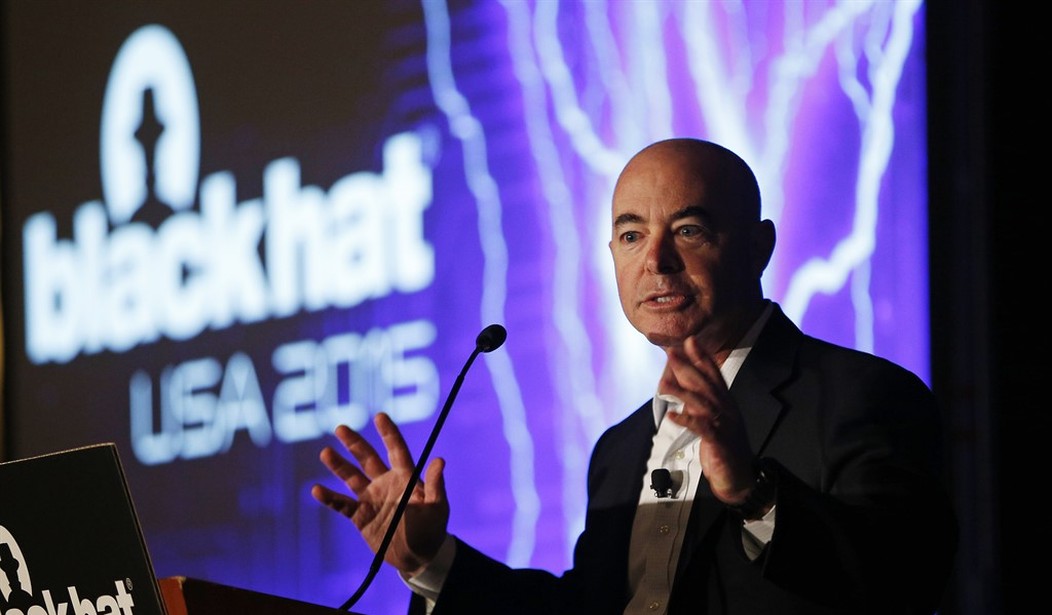Readers following closely the story of new Twitter CEO Elon Musk applying the “sunlight is the best disinfectant” adage by sharing massive amounts of information about the social media giant’s previous activities through the “Twitter Files” will recognize the name of one of the independent reporters tapped for that role: Matt Taibbi.
You also might have followed our coverage of the Biden Administration Department of Homeland Security (DHS) entity, the “Disinformation Governance Board.” The roll out was anything but smooth, include videos floating around in April 2022 showing the group’s public face, Nina Jankowicz, saying truly creepy things during Zoom meetings about what the Board would do—that is, when Americans weren’t being treated to Jankowicz’s musical stylings.
By mid-May, though, after backlash over the “disinformation” entity from Americans, DHS announced that the Disinformation Governance Board would be placed “on hold”:
On Tuesday The Washington Post reported that the new Orwellian department had been “put on hold” by the Department of Homeland Security due to the perplexing and completely, totally unexpected backlash from Americans who wonder if the “largest purveyor of misinformation” in the world is the appropriate entity to be determining what qualifies as disinformation when it comes to the free speech of private citizens.
Then Musk began releasing the info for the Twitter Files in early December, starting with “a trove of documents outlaying a concerted effort by Twitter to suppress the Hunter Biden story during the 2020 election.” You might recall that the documents appeared to show that the DNC and Biden were complicit in those efforts. (The Files haven’t stopped coming, with the most recent release earlier in March.)
Then later in December, Republican Senators Josh Hawley (Missouri) and Chuck Grassley (Iowa), as part of their investigation, held hearings in which they grilled DHS Secretary Mayorkas over the Board and its intended, domestic purposes, which could stifle the First Amendment. As Streiff wrote, this was not the “focus,” but just a sideline to their work:
The Hawley-Grassley investigation’s focus was not on social media, per se, but on the practice of some federal agencies becoming actively involved in suppressing content that was not helpful to their aims.
Earlier in March, we wrote about some sneaky looking activity in September 2022, with the creation of the Foreign Malign Influence Center (FMIC). Here’s how my colleague Jim Thompson described it:
In September 2022, the “Foreign Malign Influence Center” quietly opened for business. It is, for lack of a better analogy, a clone of the dead and buried “Disinformation Governance Board.” The FMIC’s mission is the very same that Jankowicz would have headed, but apparently without her Disney musical remakes. Its mission statement is to counter “malign influence” that ostensibly would influence behaviors and opinions, and elections.
But as the official page for the FMIC shows, this isn’t a DHS project after all. It reads, in part:
Chartered by Congress and established by the DNI, FMIC serves as the primary U.S. Government organization for analyzing and integrating all intelligence and other reporting… pertaining to foreign malign influence, including election security.
Now, a new report co-authored by Taibbi and Susan Schmidt brings us up to date on the Disinformation Governance Board’s activities—or rather, news of its possible demise. Their piece at Racket News reads:
The Department of Homeland Security’s efforts to present a less Orwellian exterior to the public took a big step forward this week, as it disbanded a key subcommittee linked to the Department’s ill-fated Disinformation Governance Board, announced last year and quickly “paused” amid public outcry.
Jen Easterly, head of the DHS’s cyber division — the Cybersecurity and Infrastructure Security Agency, or CISA — this week convened the agency’s influential Cybersecurity Advisory Committee (CSAC), which is made up of senior executives from organizations like Twitter, Amazon, and the Stanford Internet Observatory. The agency announced an expanded roster, adding 13 new members to CSAC, including chief cybersecurity officer for General Motors Kevin Tierney and Cathy Lanier, the chief security officer for the NFL. The full CSAC now contains 34 members.
However, amid the additions, CISA also shuffled responsibilities, making a key change. In particular, its “MDM” advisory subcommittee, for “Misinformation, Disinformation and Malinformation,” was scrapped.
It continues by noting that “[a] spokesman for the agency said the change appeared in an unpublicized summary of a Dec. 6 advisory board meeting. The summary provided to Racket states Easterly decided late last year that the subcommittee had fulfilled its tasks and would ‘stand down.’”
Taibbi and Schmidt’s report stresses that it’s not odd that no one spotted it—since it appears it was quietly added on their website in February:
But that notice appears to have only been posted on the agency website recently (the Wayback Machine captured a first image of it in late February).
Besides the fact that the agency disbanded the subcommittee responsible for the Board, the blockbuster of the report is this nugget—what isn’t on the DHS’ site anymore:
Last week, Mike Benz of the Foundation for Freedom Online reported that CISA scrubbed key sections of its web page about its campaign against “Misinformation, Disinformation, and Malinformation.” Crucially, the agency appeared to remove references to “domestic threat actors” as purveyors of “MDM.”
The updated page now refers to foreign actors only, and no longer makes reference to other domestic-facing programs, like an “MDM planning and incident response guide for election officials.”
As this probably isn’t the last word we’ll hear about the Biden team and their allies seeking to monitor information and speech they don’t like—even at times calling it “misinformation”—we’ll keep you posted on any updates.














Join the conversation as a VIP Member